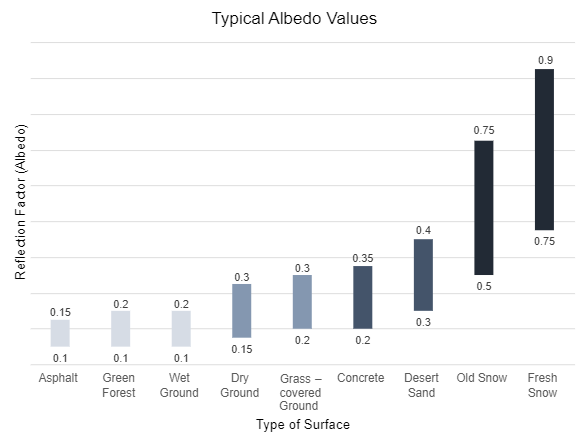Bifacial Gains for Fixed Tilt Systems
Bifacial panels are equipped with solar cells on both sides, allowing them to capture sunlight from the front and rear surfaces simultaneously. This innovative design has gained popularity due to recent advancements in manufacturing processes, making them a strong competitor to their monofacial counterparts.
To measure the performance of bifacial solar panels, two key metrics are used: Bifaciality factor and bifacial gain. Bifaciality factor represents the ratio of energy output from the back side of a bifacial panel to the energy output from the front side. On the other hand, bifacial gain measures the percentage increase in energy output of a bifacial panel compared to a Monofacial panel under the same conditions. It demonstrates the panel’s ability to capture and convert light from both sides.


